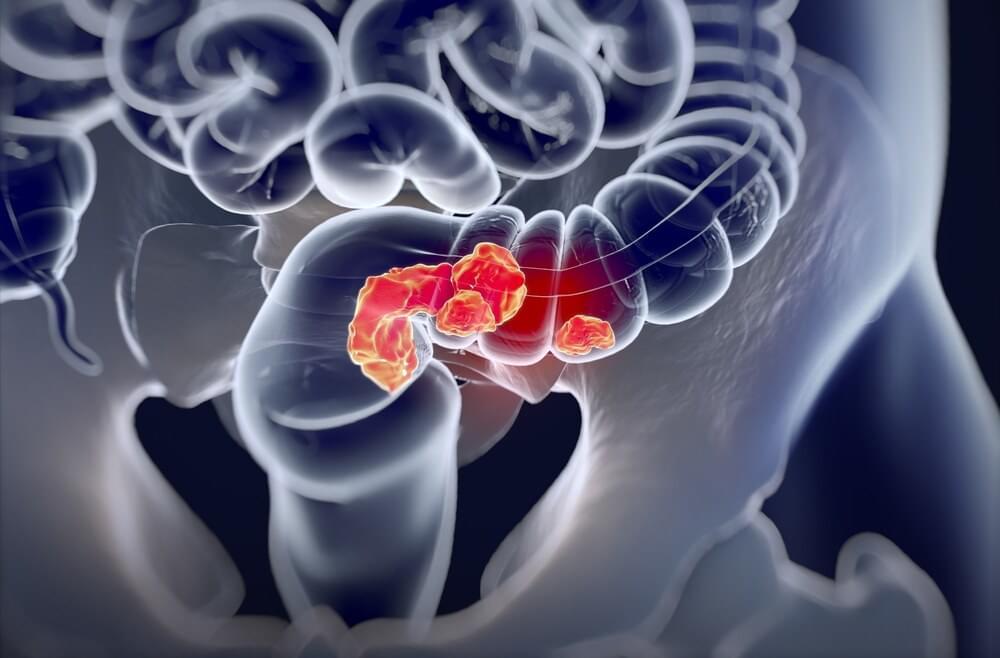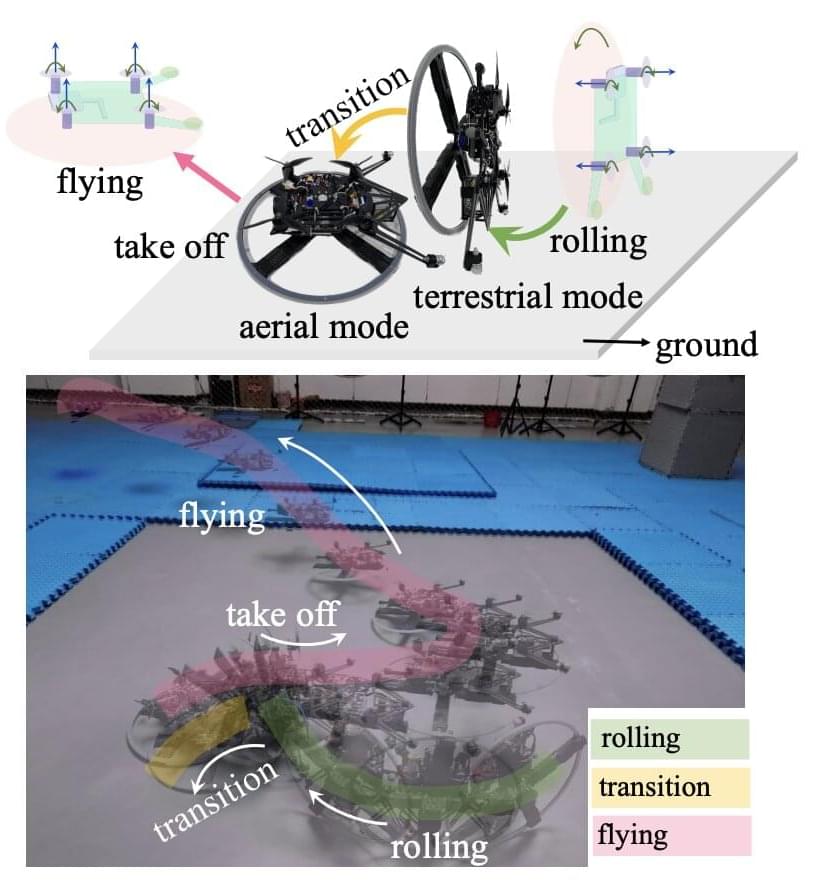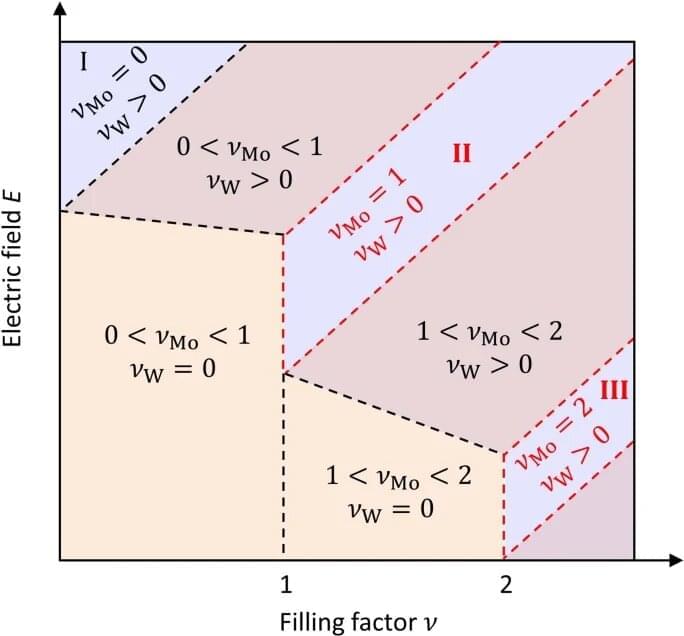The former Microsoft boss says AI is the second revolutionary technology he’s seen in his lifetime.


Register Free for NVIDIA’s Spring GTC 2023, the #1 AI Developer Conference: https://nvda.ws/3kEyefH
RTX 4,080 Giveaway Form: https://forms.gle/ef2Kp9Ce7WK39xkz9
The talk about AI taking our programming jobs is everywhere. There are articles being written, social media going crazy, and comments on seemingly every one of my YouTube videos. And when I made my video about ChatGPT, I had two particular comments that stuck out to me. One was that someone wished I had included my opinion about AI in that video, and the other was asking if AI will make programmers obsolete in 5 years. This video is to do just that. And after learning, researching, and using many different AI tools over the last many months (a video about those tools coming soon), well let’s just say I have many thoughts on this topic. What AI can do for programmers right now. How it’s looking to progress in the near future. And will it make programmers obsolete in the next 5 years? Enjoy!!
The Sessions I Mentioned:
Fireside Chat with Ilya Sutskever and Jensen Huang: AI Today and Vision of the Future [S52092]: https://www.nvidia.com/gtc/session-catalog/?ncid=ref-inor-73…314001t6Nv.
Using AI to Accelerate Scientific Discovery [S51831]: https://www.nvidia.com/gtc/session-catalog/?ncid=ref-inor-73…197001tw0E
Generative AI Demystified [S52089]: https://www.nvidia.com/gtc/session-catalog/?ncid=ref-inor-73…393001DjiP
3D by AI: Using Generative AI and NeRFs for Building Virtual Worlds [S52163]: https://www.nvidia.com/gtc/session-catalog/?ncid=ref-inor-73…782001l1Ul.
Achieving Enterprise Transformation with AI and Automation Technologies [S52056]: https://www.nvidia.com/gtc/session-catalog/?ncid=ref-inor-73…353001hjSr.
A portion of this video is sponsored by NVIDIA.
🐱🚀 GitHub: https://github.com/forrestknight.
🐦 Twitter: https://www.twitter.com/forrestpknight.
💼 LinkedIn: https://www.linkedin.com/in/forrestpknight.
📸 Instagram: https://www.instagram.com/forrestpknight.
📓 Learning Resources:
Amazon Robotics has manufactured and deployed the world’s largest fleet of mobile industrial robots. The newest member of this robotic fleet is Proteus—Amazon’s first fully autonomous mobile robot. Amazon uses NVIDIA Isaac Sim, built on Omniverse, to create high-fidelity simulations to accelerate Proteus deployments across its fulfillment centers.
Explore NVIDIA Isaac Sim: https://developer.nvidia.com/isaac-sim.
#Simulation.
#Robotics.
#DigitalTwin

In a recent perspective article published in the journal Science, researchers at the Young-Onset Colorectal Cancer Center of Dana-Farber Cancer Institute emphasized that a better understanding of the etiology of early-onset colorectal cancer (EOCRC) is crucial to managing its increasing incidence worldwide. So, they identified five critical areas for investigating EOCRC biology.
Perspective: A common cancer at an uncommon age. Image Credit: Anatomy Image / Shutterstock.

Unmanned aerial vehicles (UAVs), also known as drones, can help humans to tackle a variety of real-world problems; for instance, assisting them during military operations and search and rescue missions, delivering packages or exploring environments that are difficult to access. Conventional UAV designs, however, can have some shortcomings that limit their use in particular settings.
For instance, some UAVs might be unable to land on uneven terrains or pass through particularly narrow gaps, while others might consume too much power or only operate for short amounts of time. This makes them difficult to apply to more complex missions that require reliably moving in changing or unfavorable landscapes.
Researchers at Zhejiang University have recently developed a new unmanned, wheeled and hybrid vehicle that can both roll on the ground and fly. This unique system, introduced in a paper pre-published on arXiv, is based on a unicycle design (i.e., a cycling vehicle with a single wheel) and a rotor-assisted turning mechanism.

A model system created by stacking a pair of monolayer semiconductors is giving physicists a simpler way to study confounding quantum behavior, from heavy fermions to exotic quantum phase transitions.
The group’s paper, “Gate-Tunable Heavy Fermions in a Moiré Kondo Lattice,” published March 15 in Nature. The lead author is postdoctoral fellow Wenjin Zhao in the Kavli Institute at Cornell.
The project was led by Kin Fai Mak, professor of physics in the College of Arts and Sciences, and Jie Shan, professor of applied and engineering physics in Cornell Engineering and in A&S, the paper’s co-senior authors. Both researchers are members of the Kavli Institute; they came to Cornell through the provost’s Nanoscale Science and Microsystems Engineering (NEXT Nano) initiative.

For individuals suffering from drug addiction, certain cues—whether it’s specific people, places or things—can trigger powerful cravings for repeated use.
A new University of Michigan study has identified brain signals, traditionally associated with inflammation, contributing to people’s vulnerability to addiction. With repeated drug use with the same exposure to cues, some individuals develop an inability to control their drug use, even in the face of negative consequences.
The study is published in the journal eNeuro.

A team of geochemists from the Chinese Academy of Sciences, working with colleagues from the University of Hong Kong, Tianjin University and the University of California, has found evidence that suggests much of the oxygen in early Earth’s early atmosphere may have come from rocks. In their study, reported in Proceedings of the National Academy of Sciences, the group conducted lab experiments involving crushing rocks, exposing the results to water and measuring reactive oxygen species that were emitted.
Prior research has shown that Earth experienced what has been called the Great Oxidation Event approximately 2.3 to 2.4 billion years ago. During this time, microbe numbers increased dramatically, as they released oxygen during photosynthesis. But prior research has also suggested that a common life ancestor existed before the Great Oxidation Event, which further suggests that there was some amount of oxygen exposure. In this new effort, the researchers suggest that such oxygen could have come from rocks interacting with water.
The work involved crushing samples of quartz and then exposing them to water, which replicates some of the conditions that existed on early Earth prior to the rise of high levels of oxygen in the atmosphere. Adding water to freshly crushed quartz, the researchers found, led to reactions between the water and newly broken crystals. This resulted it the formation of molecular oxygen along with other reactive oxygen species like hydrogen peroxide. Such species are also known as free radicals and they would have played an important role in the evolution of early life. This is because by damaging DNA and other cell components, the free radicals would have pressured early life to adapt.

ChatGPT is currently deployed on A100 chips that have 80 GB of cache each. Nvidia decided this was a bit wimpy so they developed much faster H100 chips (H100 is about twice as fast as A100) that have 94 GB of cache each and then found a way to put two of them on a card with high speed connections between them for a total of 188 GB of cache per card.
So hardware is getting more and more impressive!
While this year’s Spring GTC event doesn’t feature any new GPUs or GPU architectures from NVIDIA, the company is still in the process of rolling out new products based on the Hopper and Ada Lovelace GPUs its introduced in the past year. At the high-end of the market, the company today is announcing a new H100 accelerator variant specifically aimed at large language model users: the H100 NVL.
The H100 NVL is an interesting variant on NVIDIA’s H100 PCIe card that, in a sign of the times and NVIDIA’s extensive success in the AI field, is aimed at a singular market: large language model (LLM) deployment. There are a few things that make this card atypical from NVIDIA’s usual server fare – not the least of which is that it’s 2 H100 PCIe boards that come already bridged together – but the big takeaway is the big memory capacity. The combined dual-GPU card offers 188GB of HBM3 memory – 94GB per card – offering more memory per GPU than any other NVIDIA part to date, even within the H100 family.
Driving this SKU is a specific niche: memory capacity. Large language models like the GPT family are in many respects memory capacity bound, as they’ll quickly fill up even an H100 accelerator in order to hold all of their parameters (175B in the case of the largest GPT-3 models). As a result, NVIDIA has opted to scrape together a new H100 SKU that offers a bit more memory per GPU than their usual H100 parts, which top out at 80GB per GPU.
